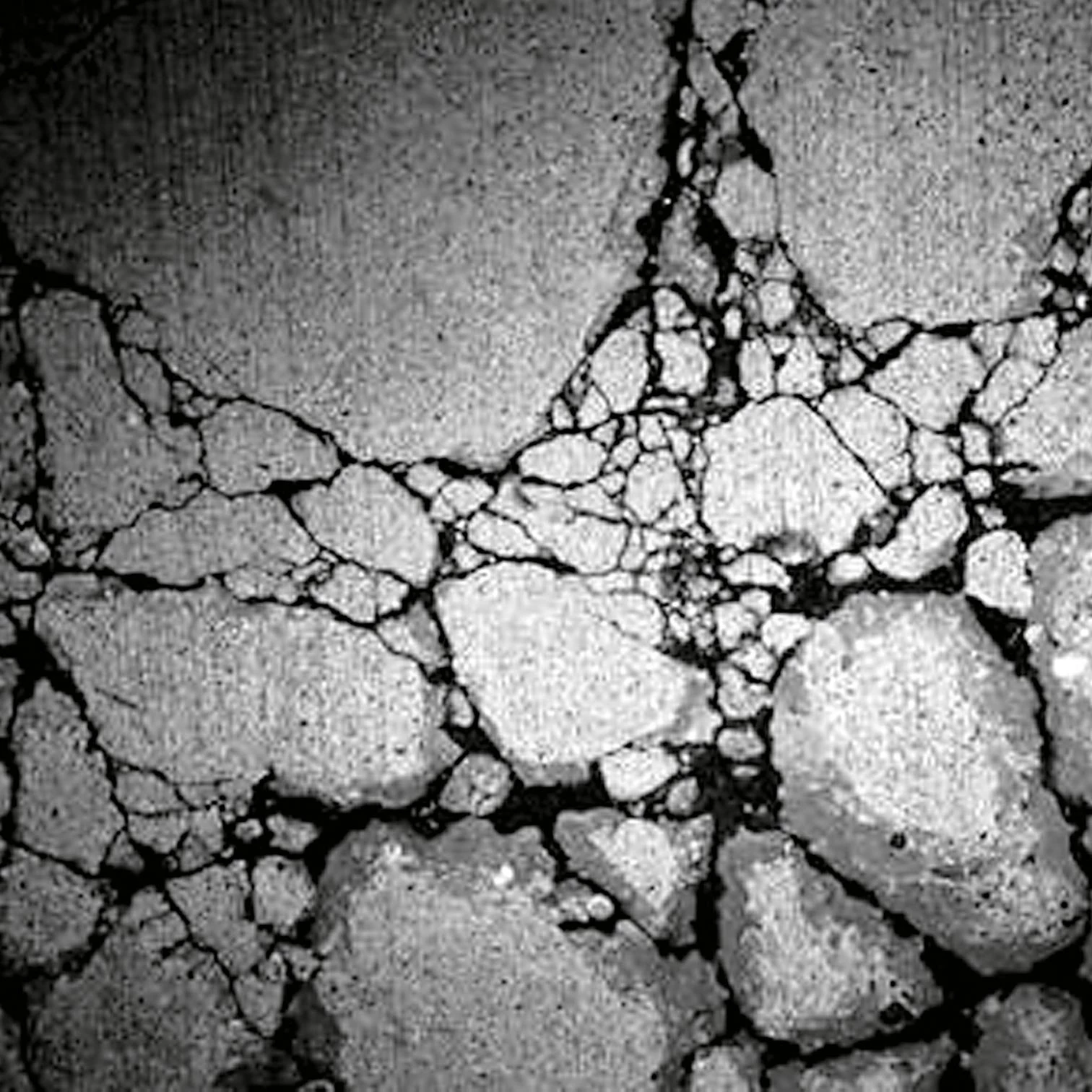
That reinforced concrete can become an ecological material is not a trivial matter, bearing in mind that, today, its use delivers 5% of the world’s greenhouse gas emissions (GGE). This impact is further increased by that of the construction of buildings and the energy consumption associated with their use, which is estimated, according to the sources, at somewhere between 30% and 40% of the total emissions in industrialized countries.
Counteracting these impacts at the roots through changes in the composition of the materials may offer an opportunity to moderate the huge carbon footprint produced by construction activity. In the case of reinforced concrete, this possibility depends on some recent studies whose ultimate purpose is to produce cement with a low environmental impact. One of these researches has been undertaken by a Massachusetts Institute of Technology group, which has discovered that cement hydrates are not only crystalline, but have a hybrid, partially amorphous condition. This would hypothetically allow replacing the silica present today in cements with other kinds of materials, giving them greater resistance and flexibility, and furthermore reducing the amount of greenhouse gas emissions that are associated with their manufacturing process and life cycle.
The other alternative to reduce the carbon footprint would involve not just – or not only – modifying the additives that configure reinforced concrete, but rationalizing its use as well, making the most of concrete’s characteristics. A recent report, also published by The MIT Press (see www.mit.edu for further information) pays special attention to this possibility, proposing a series of complementary measures.
The first one assesses the way in which reinforced concrete is used. Today it is usually considered a structural material and not a compound endowed with thermal inertia, that is, with capacity to store energy passively. In this sense, slabs, the walls or canopies can be used, especially in winter, as passive radiators that store heat during the daytime and release it at nighttime. This property can also be exploited, in conventional heating or cooling systems, by installing the conduits through which the heating fluid flows in contact with the concrete surface. Another method for reducing the carbon footprint could be introducing waste products – ashes from power stations, for instance – in the material’s composition, products that may be more appropriate than conventional additives.
All these measures mentioned above, however, are just symbolic when compared to the impact derived from the everyday use of buildings. There is a revealing piece of data: while in the case of conventional consumer goods – a television, for example – the energy used during their whole operational lifespan is the same as the energy consumed during their manufacturing process, in the case of buildings the amount is ten times greater. Hence, in architecture, the chances of saving energy and reducing the ecological footprint do not arise during the construction phase, but during the use and maintenance of buildings throughout their lifespan.





